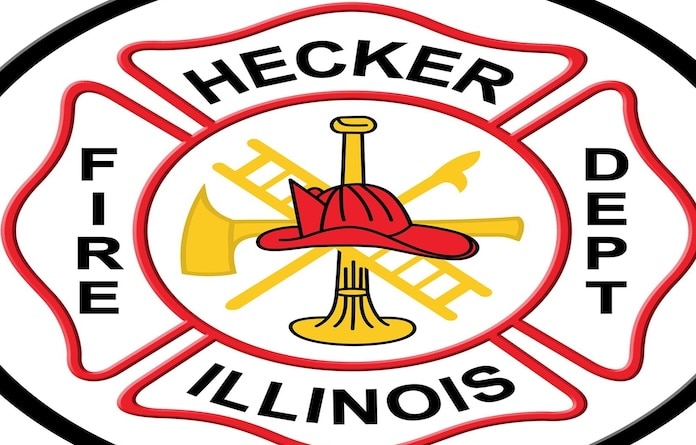The Kaskaskia River: an economic engine
In the great fabric of federal government expenditures, $100,000 may be little more than pocket change.
But that’s the critical amount the Kaskaskia Regional Port District received in 2012, in partnership with Randolph County. The grant became available in the wake of damages caused by Hurricane Ike in 2008, and it is having an impact far out of proportion to monetary size.
The money was dedicated to developing a wide-ranging strategic plan to further develop the Port District as a regional economic and quality of life engine. It merges interests in Monroe, Randolph and St. Clair counties along the lower 36 miles of the Kaskaskia and up the Illinois side of the Mississippi River up to the Kellogg Terminal…>>>
Port District General Manager Ed Weilbacher said the study has sought out and incorporated input from numerous groups through no fewer than 36 meetings since July 2013.
“They have included government entities, businesses, recreation and environmental interests,” he said.
One benefit from the grant has been the first highly detailed maps of the entire Port District. The KRPD now has a family of digital maps that is proving invaluable in planning new facilities with a detailed understanding of the “lay of the land” involved.
The strategic vision for the region includes several goals, divided into transportation, recreation and environmental concerns.
“They all point in the same direction – an enhanced economy and quality of life for the three-county region,” Weilbacher said.
Until the lock and dam near the mouth of the Kaskaskia went into operation in 1974, the river ran pretty much freely on its 325-mile course from near Champaign. It was briefly held up at two dams, forming manmade lakes Shelbyville and Carlyle.
But work to straighten the channel upstream to Fayetteville, combined with the lock and dam to guarantee a depth of at least nine feet of water in the navigation channel, made the river a valuable transportation corridor for barge traffic. That in turn, promoted development of coal and grain handling facilities and several other industries. The latest is the new 1,600-megawatt Prairie State coal-fired electrical generating plant. The Prairie State plant gets its coal from an underground, onsite mine. But the river allows a million tons of limestone for emission control at the plant to be delivered annually by barge.
An amazing graphic portrayal of the 36-mile stretch of the Kaskaskia River from Fayetteville to the Mississippi River, then up to the Kellogg facility 14 miles north, is seen here on the wall of the map room at the KRPD office in Red Bud. Ed Weilbacher, Port District General Manager, says people are wowed when they see the detail. (Alan Dooley photo)“One challenge to promoting business in the KRPD has been uncertainty,” Weilbacher said. “Federal funding has dredged the channel and operated and maintained the lock and dam. But in recent years, this funding has periodically been restricted and irregular,” he added.
With uncertainty for long-term maintenance of navigation capabilities, businesses have been reluctant to commit to the region. That, in turn, further hindered support for funding. The KRPD is pushing hard to build certainty through the federal Water Resources, Reform and Development Act.
Another part of building certainty for business investment is ensuring the KRPD is an integral part of the recently developed Department of Transportation initiative to expand the use of the America’s navigable waterways. The purpose of this push – dubbed “America’s Marine Highway Plan” — is to relieve congestion on land based transport corridors.
“The Kaskaskia would be part of the M-55 Marine Highway that runs from the Illinois River to the Gulf of Mexico,” Weilbacher said.
The KRPD is also surveying and building information on large plots of land along the river that could be developed by businesses that would use barge transportation capabilities, and marketing them to potential businesses. Unlike other St. Louis region port districts, the area contains numerous large tracts of land (300-plus acres) that may attract new businesses.
Current examples of future business expansion are plans for two new terminals on the river. One is at Fayetteville, which is at the upstream end of the navigation channel. The other lies between Evansville and the Lock and Dam.






